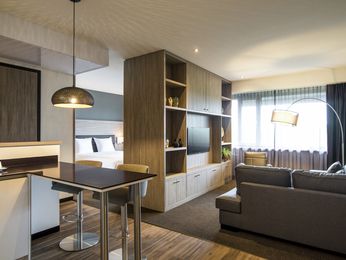The Anne Frank House in Amsterdam

All our apartments in Amsterdam
Dedicated to the moving story of this young Jewish girl who found refuge there during the Nazi occupation, the Anne Frank House fulfils a crucial role in helping us remember. To never forget her tragic fate, don't forget to visit the museum during your trip.
Described in the Diary of Anne Frank, the young girl's family history is turned upside down by the arrival of the Nazi regime. In 1933, Otto and Edith Frank were forced to leave Germany and decided to move to Amsterdam, where they opened a spice shop at 263 Prinsengracht, on the banks of one of the city's main canals. When the German armies invaded the Netherlands in 1940, Anne Frank's family went into hiding. Anne was 13 years old at the time. In 1944, denounced to the German police, she was deported to the Bergen-Belsen concentration camp. Unfortunately, the story ends there.
Anne Frank House tells the story of the months spent in fear and hiding, in this house that has since been turned into a museum. The house has been kept as it was then – completely empty. During your visit, you will be shocked to discover the difficult conditions in which the Frank family lived, the unbearable lack of privacy, and the feeling of being smothered heightened by the extreme bareness of the house.
The walls of each room are covered in original excerpts from the Diary of Anne Frank, which describe the emotions experienced by the young girl and the seven other occupants, but also family photographs and portraits of the teenager's idols. Because even though the house was undoubtedly a place where terror reigned, Anne nevertheless continued to have hope.




